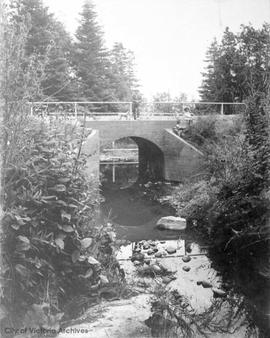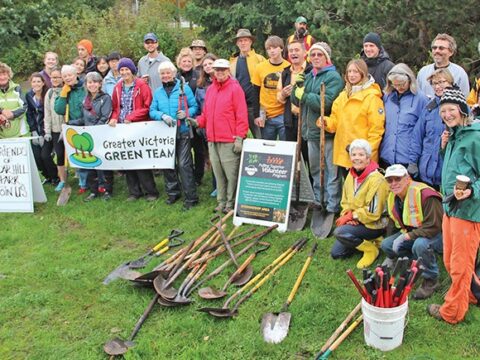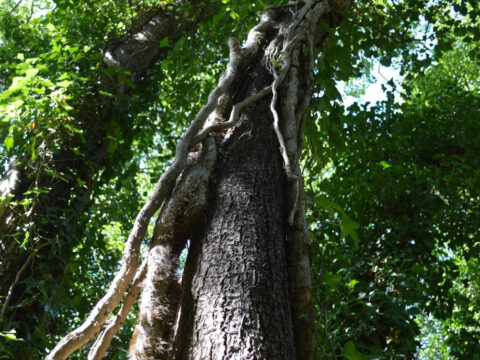
By OB16
There are a number of positive things we will gain from restoring Bowker Creek, such as the purification of air and water, controlled decomposition of wastes, improved quality of soil and vegetation, nutrient cycles, oxygen production, cultural and spiritual benefits, pollination of crops and vegetation, and reduced greenhouse gases.

By OB16
Before:
-natural water channel/flow
-surrounded by wetland
-many fish/ wildlife
-First Nations derived food and fresh water from the stream
-nutrients transported from the creek, supported Oak Bay's rich ecosystem
Currently:
-urban development and agriculture expanded
-stream channel was straightened, excavated, and enclosed in pipes
-lowered water levels

By OB16
It's very important to maintain a natural Bowker Creek. There are many easy ways to do our part, for starters, we would have to carefully watch the growth of invasive plants. We should also watch the pH levels of the water, and not use fertilizers in our gardens, to prevent toxic runoff. Also, spreading awareness can go a long way for the creek.

By OB16
Many watersheds have a base document Integrated Storm Water Management Plan (ISMP). The Bowker Creek Blueprint: The Hundred Year Action Plan to Restore Bowker Creek Watershed,; is the intiative's unique verion of an ISMP. The restoration will significantly increase overall creek health by improving water quality, habitat, and flow conveyance.

1In 1 playlists
By Jenny Arnold

By OB16
Bowker Creek's native vegetation has become strangled by the many invasive plants that grow. Willows (one of the invasive plant species in Bowker Creek)not only suppress native plants but, also clog the stream channels because of their aggressive root systems. Invasive plants outcompete native plants, hence reducing biodiversity in the ecosystems.

By Peter Dutka
TSdfstgwer

By OB16
Due to industrialization, a lot of Bowker Creek floods during heavy rainfall, such as Trent street near St Patrick's School. To stop this issue, environmentalists are trying to increase the amount of natural habitat around the watershed, and create more storage areas for water and preventing downhill flooding by creating small ponds and wetlands.
